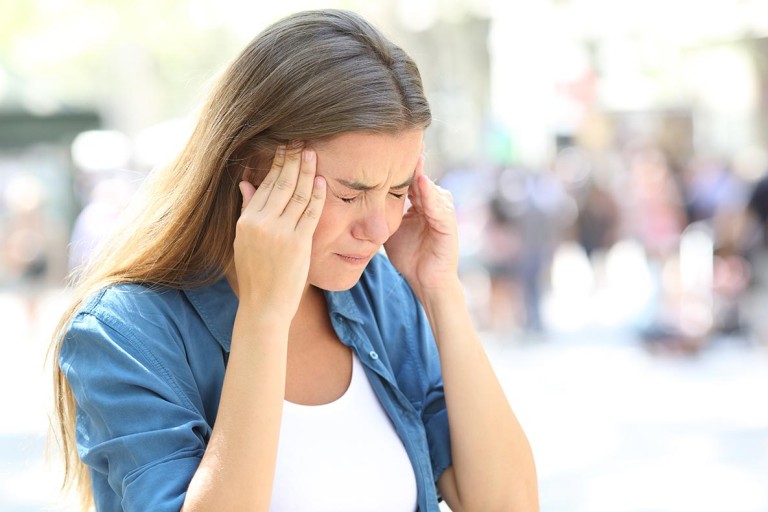

Cluster Headaches

Causes
Cluster headaches seem to be related to the body's sudden release of histamine (chemical in the body released during an allergic response) or serotonin (chemical made by nerve cells). Cluster headaches can be triggered by alcohol, cigarettes, high altitudes, bright light, extensive physical activity, heat, and certain medications.
Symptoms
Cluster headaches usually happen two to three hours after a person falls asleep but can also happen during waking hours. Cluster headaches are characterized by burning, sharp, stabbing, or steady pain. This pain is felt on one side of the face from the neck to the temple. The eye on the side of the face experiencing pain may produce excessive tearing accompanied by a droopy eyelid.
Treatment
- Avoiding cluster headache triggers
- A headache journal can help you keep track of what you were doing before your headache occurred.
- Your doctor may recommend triptan medicines, anti-inflammatory medicines, breathing in 100% pure oxygen, or injections of dihyroergotamine for treatment of cluster headaches while they are occurring.
As you can see above, understanding your headache triggers is essential when it comes to managing chronic headaches, regardless of the type of headache you experience most often. Many healthcare providers recommend balancing headache medication with lifestyle changes and helpful activities such as stress management, biofeedback, and exercise programs.
Medical Encyoclopedia – Cluster Headache. MedlinePlus Web Site. Available at:
https://medlineplus.gov/ency/article/000786.htm Accessed August 22, 2016.
Medical Encyoclopedia – Tension Headache. MedlinePlus Web Site. Available at:
https://medlineplus.gov/ency/article/000797.htm Accessed August 22, 2016.
NINDS Migraine Information Page. National Institute of Neurological Disorders and Stroke Web Site. Available at:
http://www.ninds.nih.gov/disorders/migraine/migraine.htm Accessed August 22, 2016.
